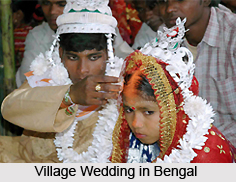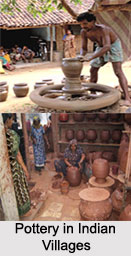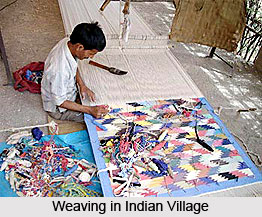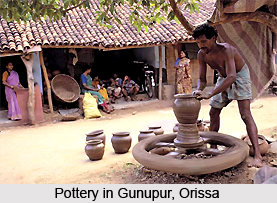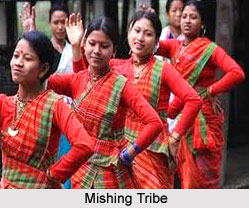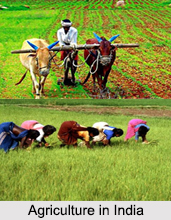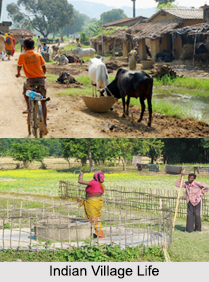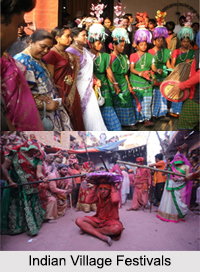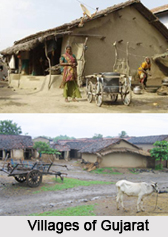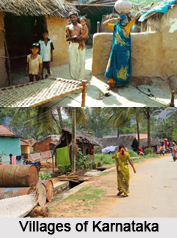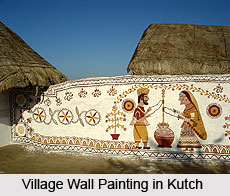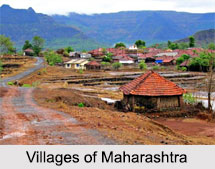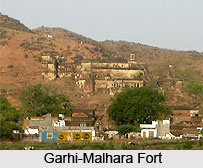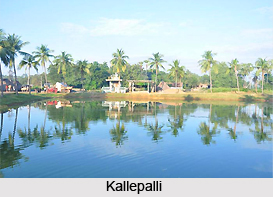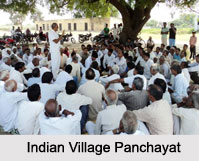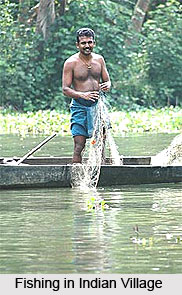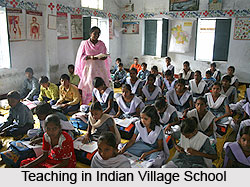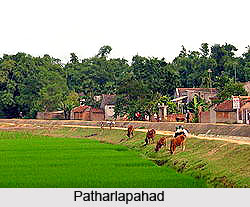 Patharlapahad is a village in Atmakoor (South) Mandal of Nalgonda district in the state of Telangana. This village is popular to the tourists who love history and rural fashion elements.
Patharlapahad is a village in Atmakoor (South) Mandal of Nalgonda district in the state of Telangana. This village is popular to the tourists who love history and rural fashion elements.
Location of Patharlapahad
Patharlapahad is located along the highway between Suryapet and Warangal town in Warangal District of the newly formed state in India, Telangana.
History of Patharlapahad
Patharlapahad like many other villages in the district of Nalagonda of the Telangana region, experiences a large history of struggle. It faced a major threat from "Rajakarulu", a private militia organized by Qasim Razvi to support the rule of Mir Osman Ali Khan , Nizam of Hyderabad, Asaf Jah VII and resist the integration of Hyderabad State in Colonial India. Village citizens used to hide themselves in forest areas around the village to escape from killings of the Nizam Army. There are some notable persons who scarified their lives fighting against the army for freedom.
Demography of Patharlapahad
The village is spread across 3 square kilometres and has total population of approximately 4205. The village possesses cultural diversity of Hindus, Muslims and Christians. The literacy percentage of the village is 38%
Festival of Patharlapahad
The village people of Patharlapahad actively celebrate most major festival of the Hindu religion - Makar Sankranti, Yugadi, Diwali, Vijayadashami and Muslim festivals like Ramzan (Ramadan), Bakra Eid, Peerla Panduga (Muharram).
Tourism in Patharlapahad
The tourism of Patharlapahad expresses the One of the historical places in the village is `Shambhuni Gudi` (Shivalayam; A Temple of Lord Shiva), located on the banks of Shabhuni Cheruvu (A major reservoir of the village). The temple was constructed during the ruling of Rani Rudrama Devi of the Kakatiya dynasty of Warangal. The architectural style of the temple is characteristic of Shiva temples built by Kakatiya rulers. However, over a period of time, the temple was demolished and has never been recovered by Archaeological department of India. The other notable place is `Anjaneya Swamy Gudi (Temple of Lord Hanuman who is a disciple of Lord Rama in the war against the demon king Ravana). The temple is located centrally in the village. It is part of the local custom and Hindu wedding ritual for newly wedded couples to visit the temple before they enter their home.
